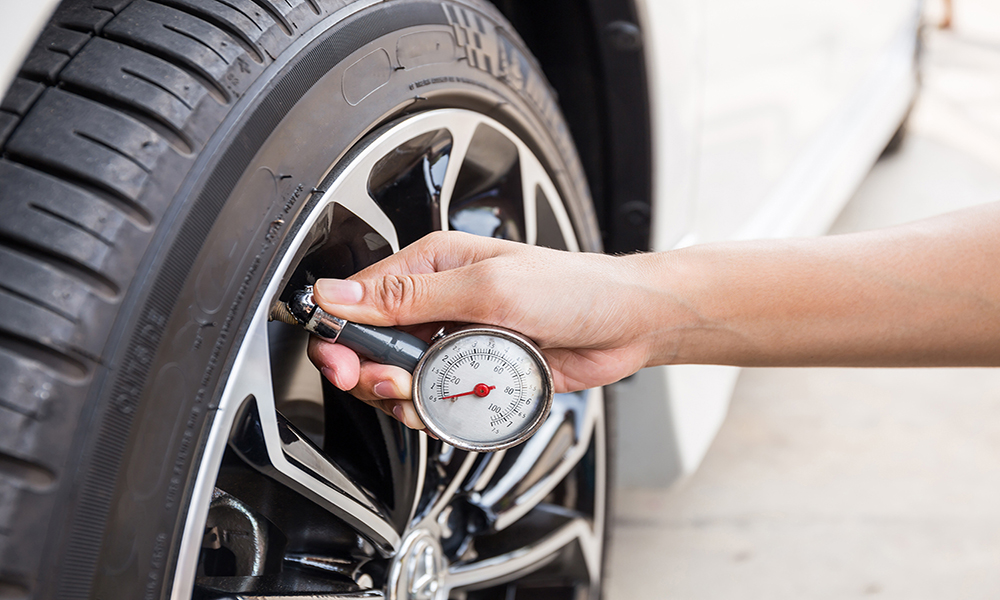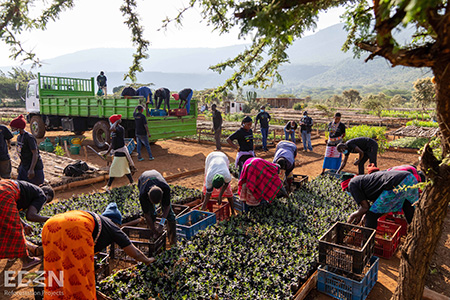For those that took part in the London Marathon, after finally crossing the finishing line, thoughts may now be turning to how to help your body recover…
Months of training, determination and mental resilience will have gone into the build-up to the big day and to the race itself – but few people will have thought about the recovery afterwards, other than to imagine a celebratory drink and days of lounging on the sofa without having to don the running kit.

It’s worth knowing about a few tips from seasoned marathon runners though, to ensure you feel as good, physically, as you will, mentally, after such a huge achievement.
Immediate aftermath
- Keep moving, though it may be the last thing you want to do. Instead of collapsing, or even static stretching, try to walk it out for 10-15 minutes as this will ensure good blood flow can flush away the by-products of strenuous exercise and help recovery of your muscles and joints.
- Change into warm dry clothes as soon as possible. Sweaty, damp kit will mean you lose heat quickly and, coupled with the post-adrenaline rush and the crash that follows, you can quickly feel cold and shivery which won’t help your muscle recovery.
- Drink to rehydrate. You may well have avoided too much fluid before the race and been unable to tolerate much fluid during the run. Coupled with sweating and panting which loses a lot of fluid, you may need a lot of rehydration for your kidneys to recover. How much to drink is best determined by a slow and steady intake until your pee is a pale straw colour!
- Whilst on the subject of your kidneys, be aware that anti-inflammatory drugs, which may seem like a great idea for your aching muscles, can be damaging to stressed kidneys. They aren’t great for your stomach lining either, which has already had its usual blood flow partially diverted to your muscles during the race.
- Refuel with carbs and protein as soon as you can stomach it – even just a milkshake to start with. And, whilst it’s tempting to tuck into a few alcoholic drinks in celebration, your dehydration may mean they go straight to your head as well as give your liver and kidneys even more work to do.
Next day and beyond
- Sleep is a great recovery tool and was probably a bit lacking, due to the pre-race nerves. Now’s the time to repay the sleep debt.
- Use a foam roller or massage to loosen up tight muscles and their fascial covering which can feel tight due to the swelling of the muscles within.
- Consider a cold bath which apparently can reduce DOMS (delayed onset muscle soreness) – although you may feel you have gone through enough trauma after 26 miles!
- Expect your body to need recovery time for several weeks – not just days – and so go easy on yourself. Gentle activity will get stiff muscles and joints moving again without the risk of injury so don’t worry about retaining your marathon fitness until your body is ready to go again (if ever!).
- Put up a large photo of you with your medal as a reminder of your amazing achievement, to give you a mental boost for years to come!
Disclaimer: Articles are for general information only – customers should always seek their own independent advice. Vavista is not affiliated with the organisations/businesses mentioned and does not recommend or endorse any of the included products or services. For more information, click here.






















